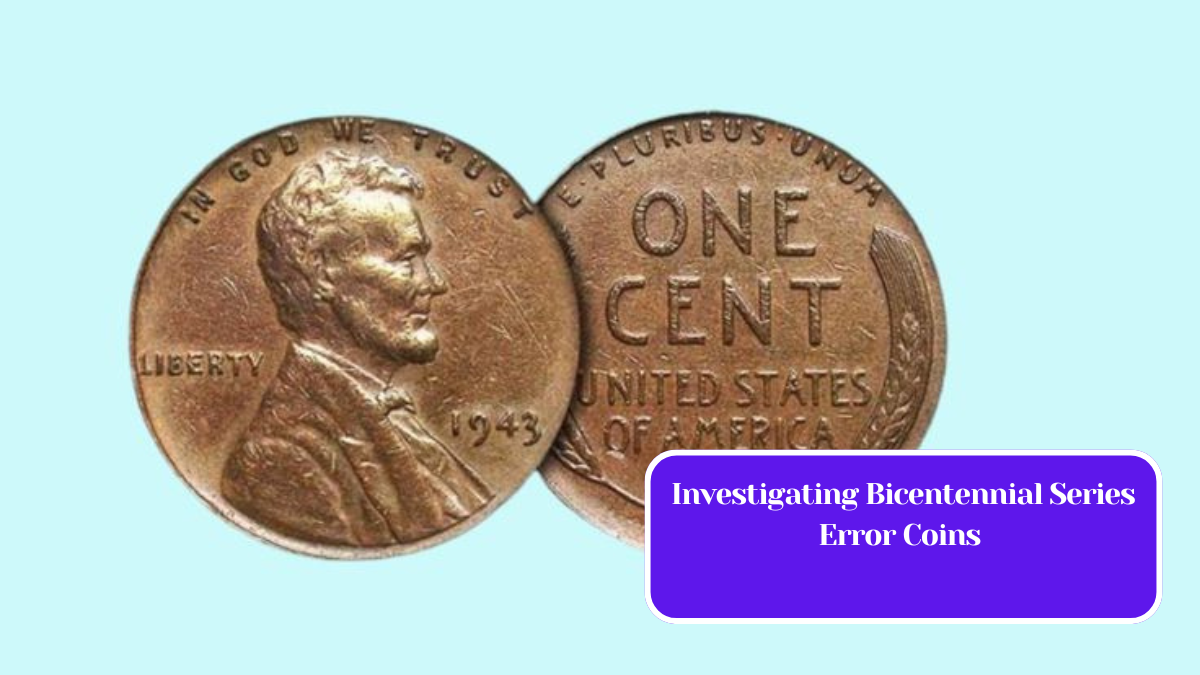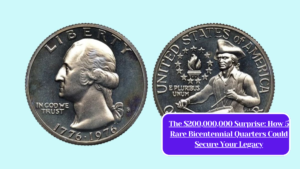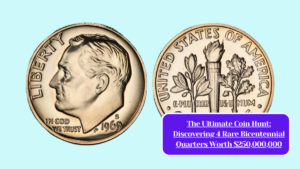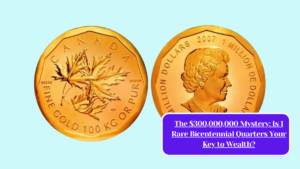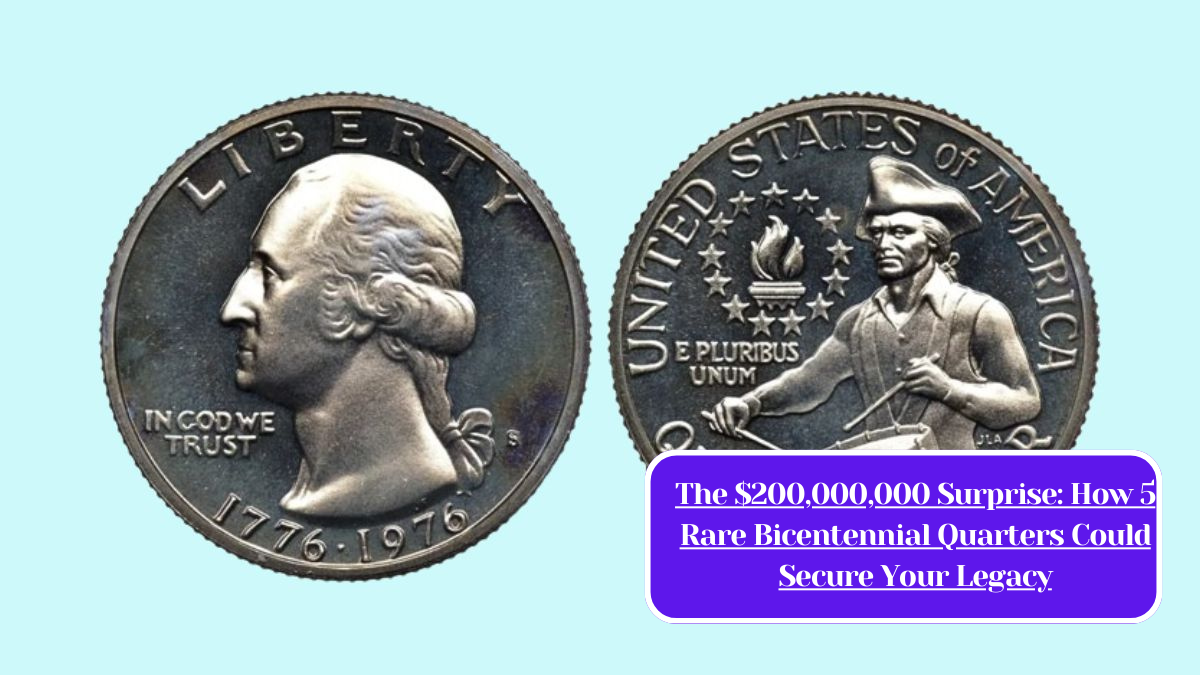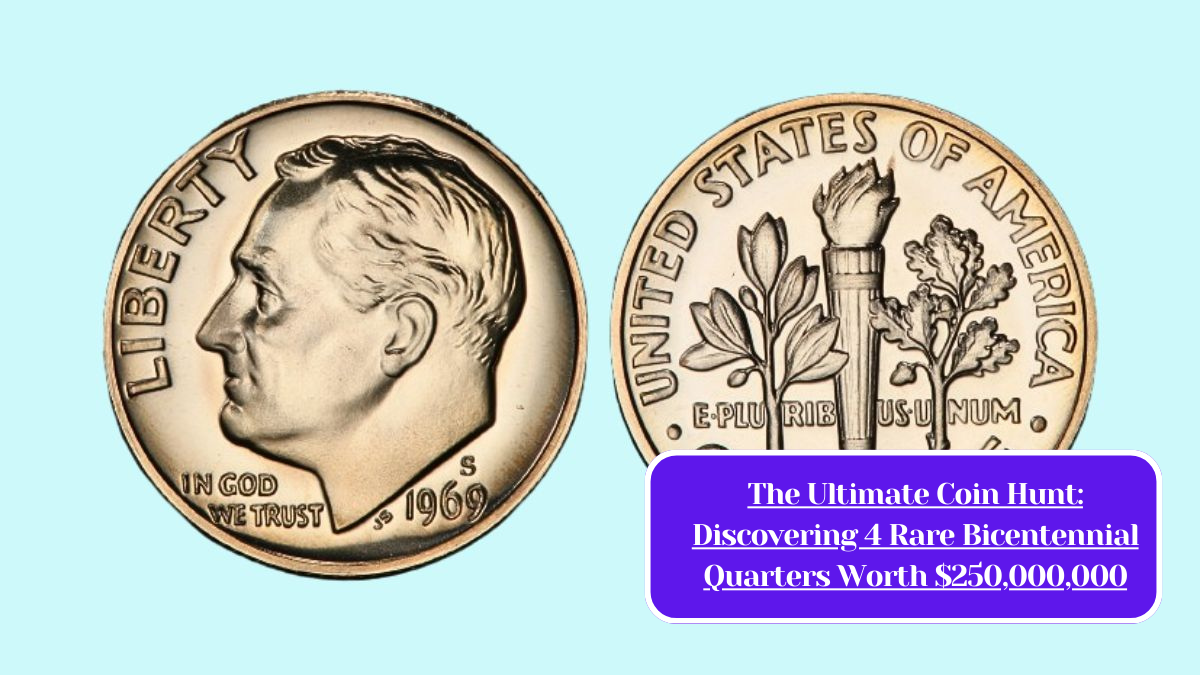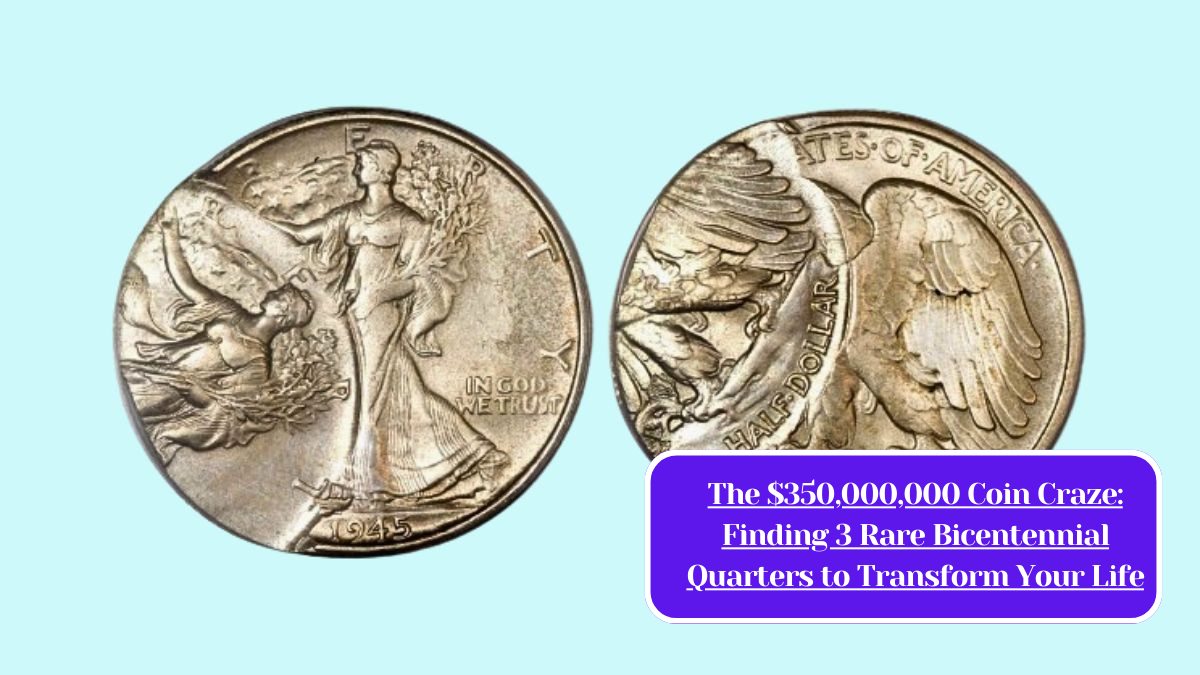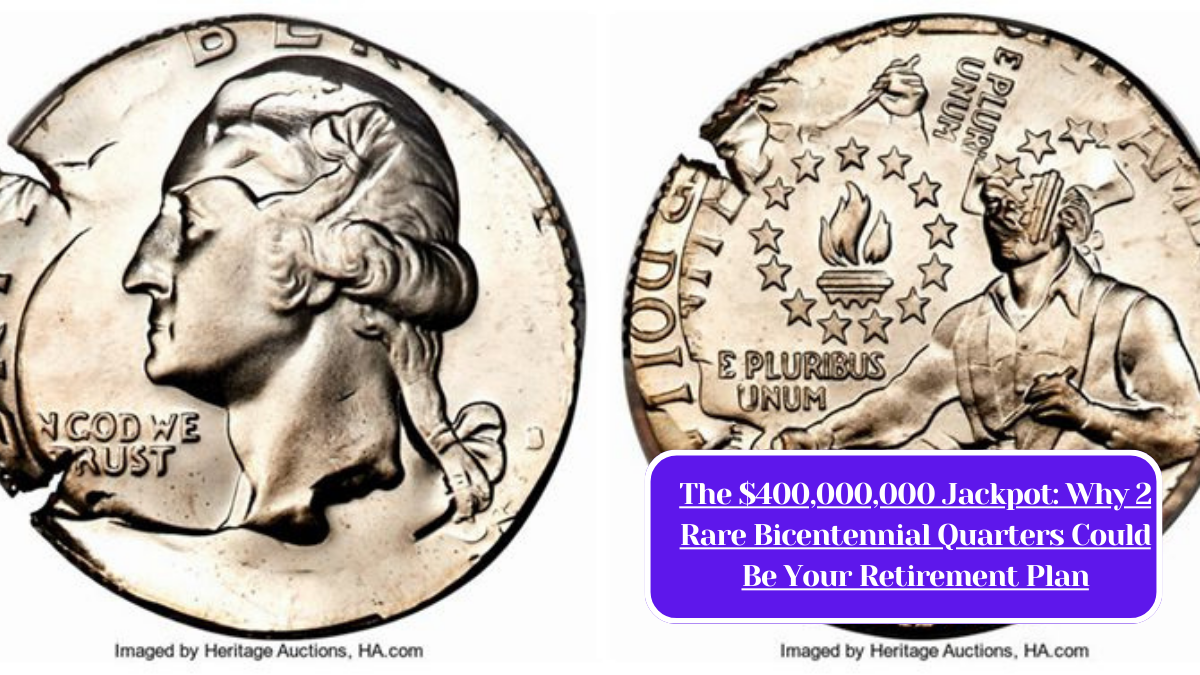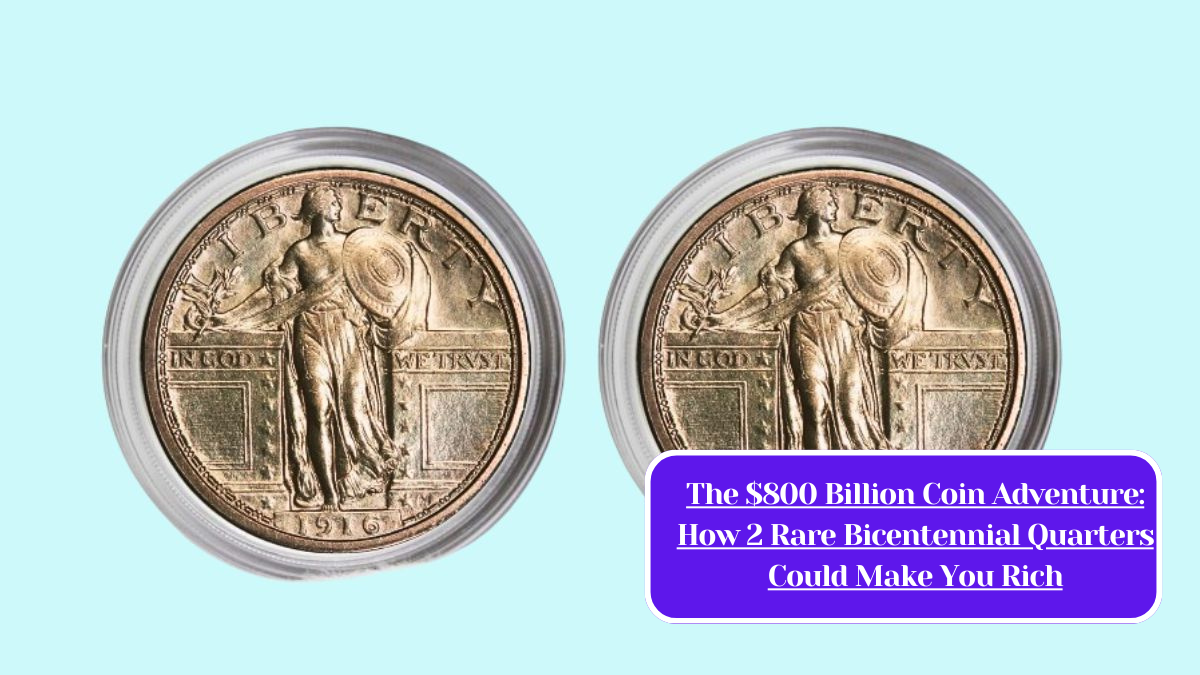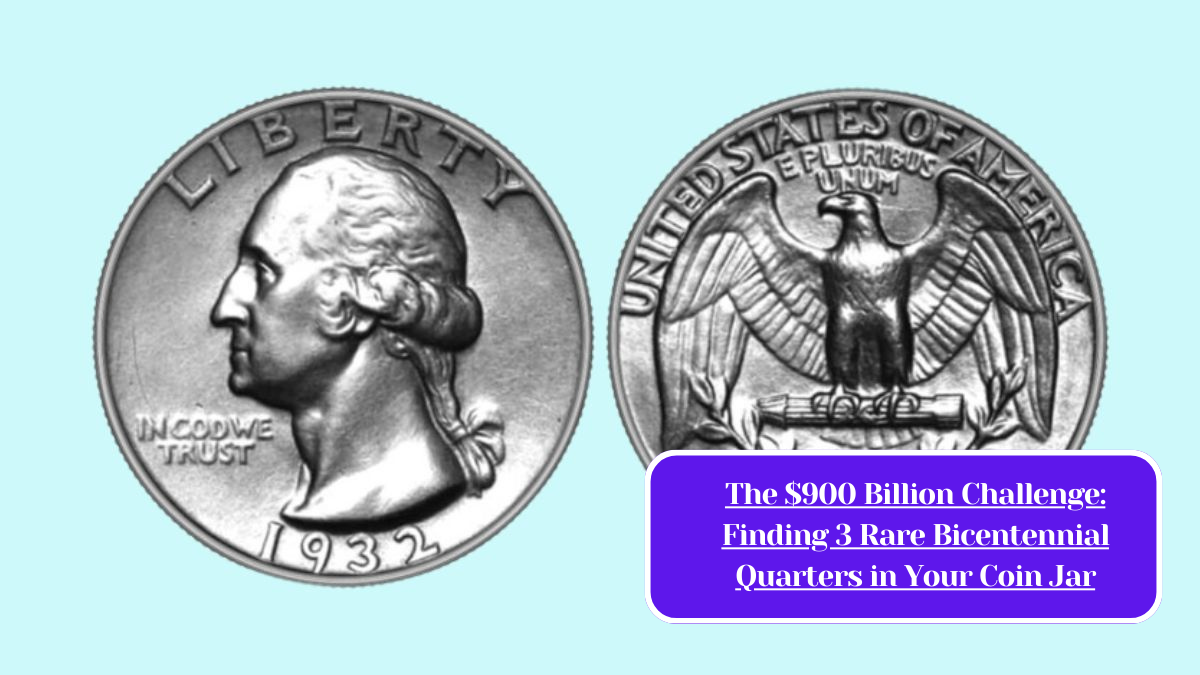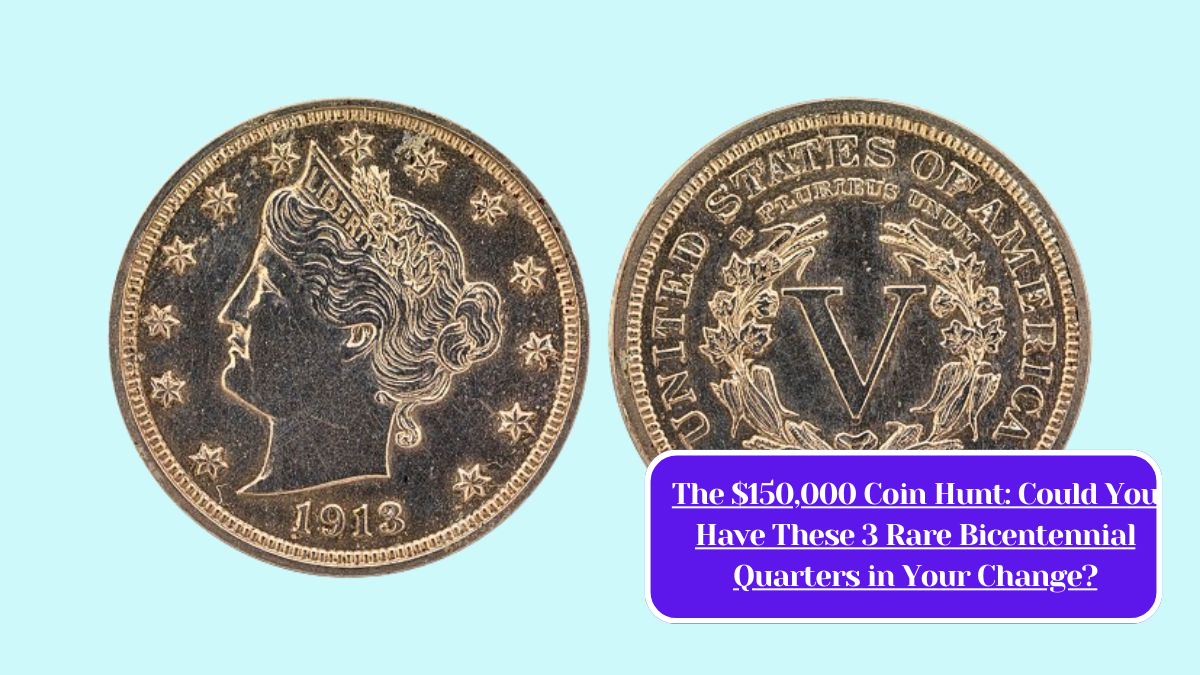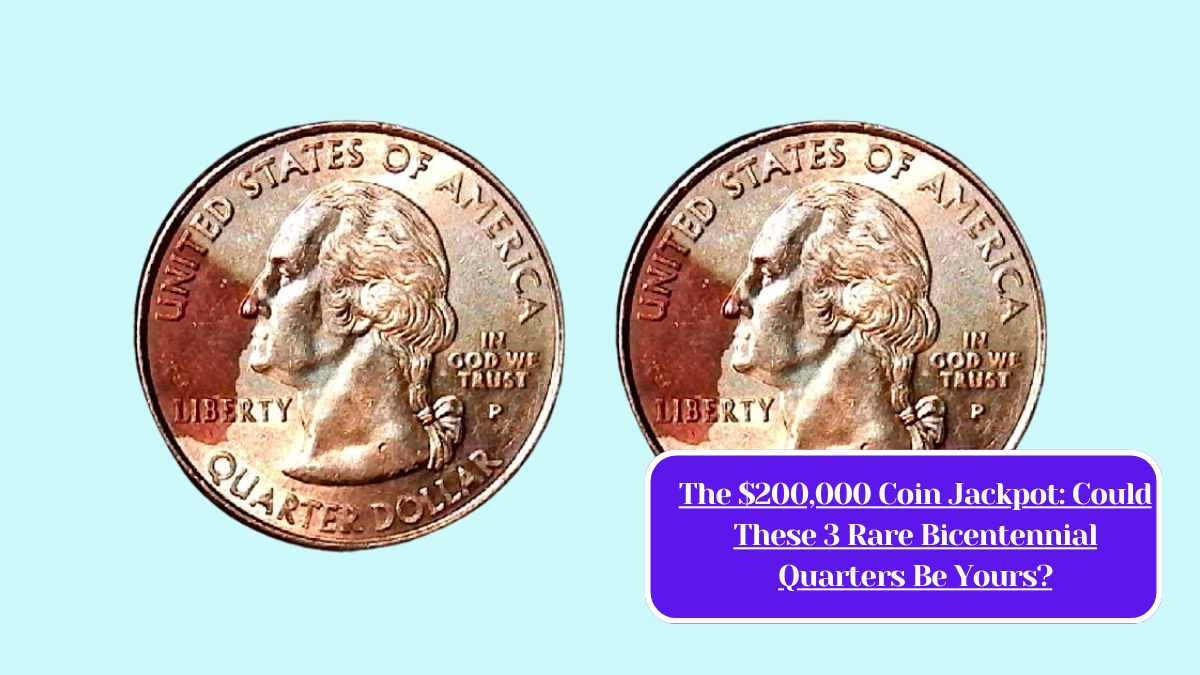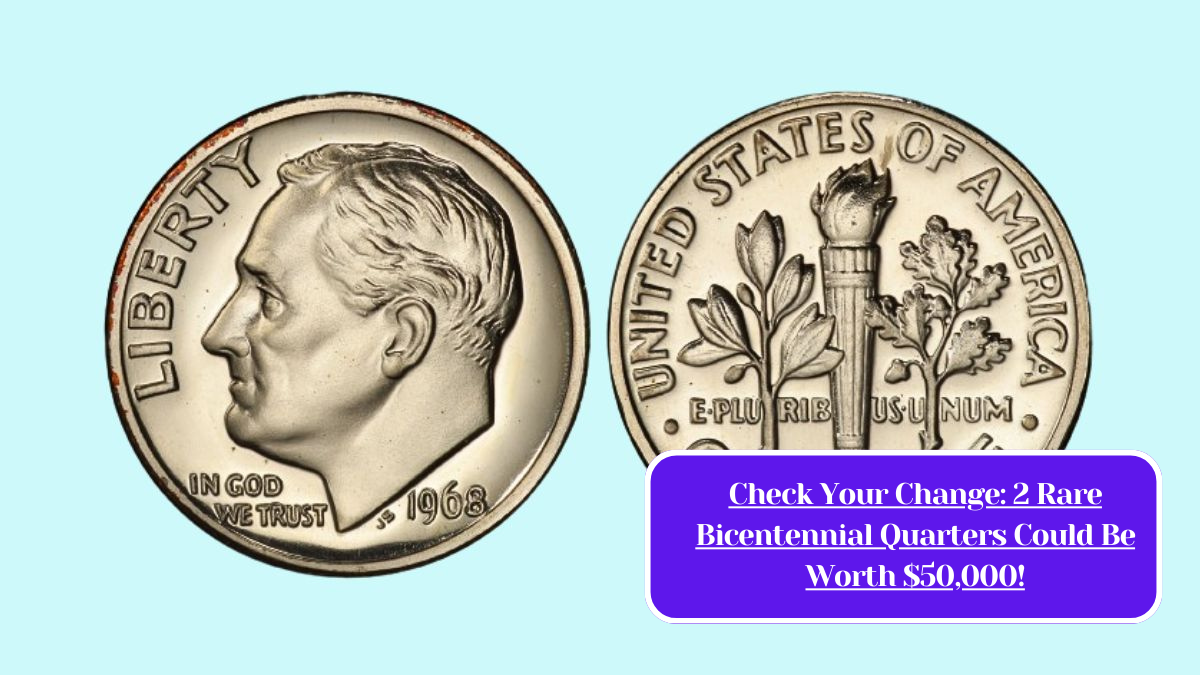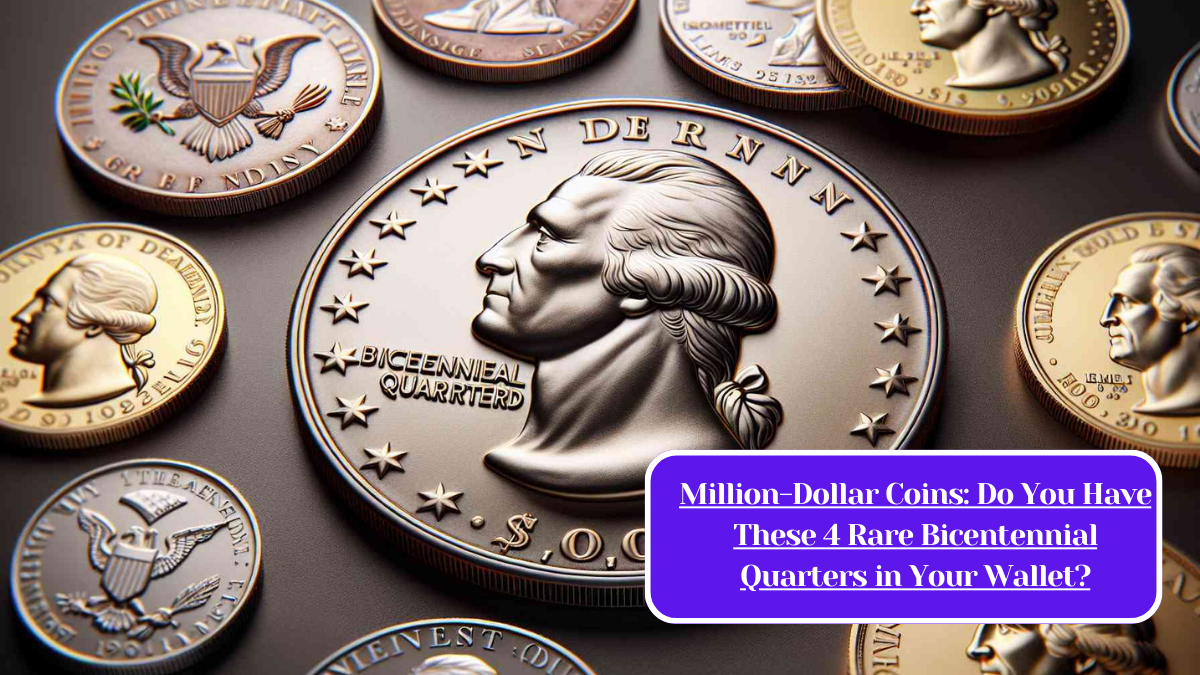The Bicentennial Series of coins, minted in 1975 and 1976, marked the United States’ 200th anniversary. This special series featured distinctive designs, including the dual dates of 1776 and 1976, on the quarter, half dollar, and dollar coins. While many collectors appreciate these coins for their historical significance and artistic value, a subset of these coins has garnered particular interest: the error coins. This article explores the fascinating world of Bicentennial Series error coins, their types, and why they are significant to collectors.
What Are Error Coins?
Error coins are minting anomalies that occur during the production process. These imperfections can range from minor defects to major misprints, and they can significantly affect a coin’s value. Error coins can arise from a variety of issues, including die misalignment, incorrect metal composition, and overstrikes.
Types of Bicentennial Error Coins
1. Clipped Planchets
One of the more common errors in the Bicentennial series involves clipped planchets. This occurs when a section of the metal planchet is inadvertently removed during the manufacturing process. The result is a coin that appears to be missing a portion of its edge, giving it a unique look that can be highly sought after by collectors.
2. Double Strikes
Double strikes happen when a coin is struck twice by the press, resulting in overlapping images or misaligned features. Bicentennial quarters with double strikes are particularly interesting, as they can display intriguing visual effects that enhance their appeal to collectors.
3. Off-Center Strikes
An off-center strike occurs when a coin is not properly aligned during the minting process. This results in a coin that features an incomplete design on one side. Off-center Bicentennial coins can vary in how much of the design is missing, leading to significant variability in their collectibility.
4. Die Errors
Die errors include a variety of issues, such as cracked, broken, or misaligned dies. These errors can lead to unusual appearances on the coin’s surface, including raised or depressed areas. Collectors often prize these coins for their uniqueness.
5. Missing Edge Lettering
Bicentennial coins were designed with specific edge lettering, stating “E Pluribus Unum” and the year. Coins missing this lettering are considered errors and can command a premium in the collector’s market.
Why Collect Error Coins?
Error coins, especially those from a well-known series like the Bicentennial, hold a unique allure for collectors. Here are a few reasons why:
Rarity and Value
Error coins are often rarer than their standard counterparts. As such, they can be more valuable, especially if they are in good condition. Collectors are often willing to pay a premium for error coins, making them a potentially lucrative investment.
Historical Significance
The Bicentennial Series itself is a significant part of U.S. history, commemorating the nation’s 200th anniversary. Collecting error coins from this series adds a layer of historical intrigue and narrative to the collection.
Visual Appeal
The unique characteristics of error coins often make them visually striking. Collectors appreciate the chance to own a piece of art that is not only historical but also aesthetically interesting due to its imperfections.
Investigating Bicentennial Series error coins offers a fascinating glimpse into the world of numismatics. With a variety of types and the allure of rarity, these coins captivate both seasoned collectors and newcomers alike. Whether you’re looking to enhance your collection or simply appreciate the quirks of coin minting, Bicentennial error coins provide a unique and rewarding focus within the broader realm of coin collecting. As with any collectible, understanding the market and the specific traits of these coins can lead to exciting discoveries and opportunities.
